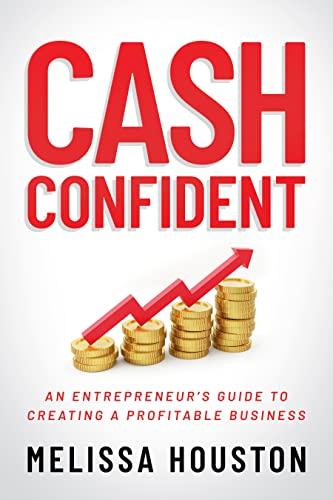Question
Chapter 2: Problems 1, 2, 3, 4, 7 and 8, pages 55 and 56. 1. A stock sells for $10 per share. You purchase 100
- Chapter 2: Problems 1, 2, 3, 4, 7 and 8, pages 55 and 56.
1. A stock sells for $10 per share. You purchase 100 shares for $10 a share (i.e., for $1,000), and after a year the price rises to $17.50. What will be the percentage return on your investment if you bought the stock on margin and the margin requirement was (a) 25 percent, (b) 50 percent, and (c) 75 percent? (Ignore commissions, dividends, and interest expense.) 2. Repeat Problem 1 to determine the percentage return on your investment but in this case suppose the price of the stock falls to $7.50 per share. What generalization can be inferred from your answers to Problems 1 and 2? 3. You purchase 100 shares of stock at $100 ($10,000); the margin requirement is 40 percent. What are the dollar and percentage returns if a) you sell the stock for $112 and bought the stock for cash? b) you sell the stock for $90 and bought the stock on margin? c) you sell the stock for $60 and bought the stock on margin? 4. Investor A buys 100 shares of SLM Inc. at $35 a share and holds the stock for a year. Investor B buys 100 shares on margin. The margin requirement is 60 percent, and the interest rate on borrowed funds is 8 percent. a) What is the interest cost for investor A? b) What is the interest cost for investor B? c) If they both sell the stock for $40 after a year, what percentage return does each investor earn? d) In both cases, the value of the stock has risen the same. Why are the percentage returns different?
7. An investor sells a stock short for $36 a share. A year later, the investor covers the position at $30 a share. If the margin requirement is 60 percent, what is the percentage return earned on the investment? Redo the calculations, assuming the price of the stock is $42 when the investor closes the position. 8. A speculator sells a stock short for $50 a share. The company pays a $2 annual cash dividend. After a year has passed, the seller covers the short position at $42. What is the percentage return on the position (excluding the impact of any interest expense and commissions)?
Step by Step Solution
There are 3 Steps involved in it
Step: 1

Get Instant Access to Expert-Tailored Solutions
See step-by-step solutions with expert insights and AI powered tools for academic success
Step: 2

Step: 3

Ace Your Homework with AI
Get the answers you need in no time with our AI-driven, step-by-step assistance
Get Started


